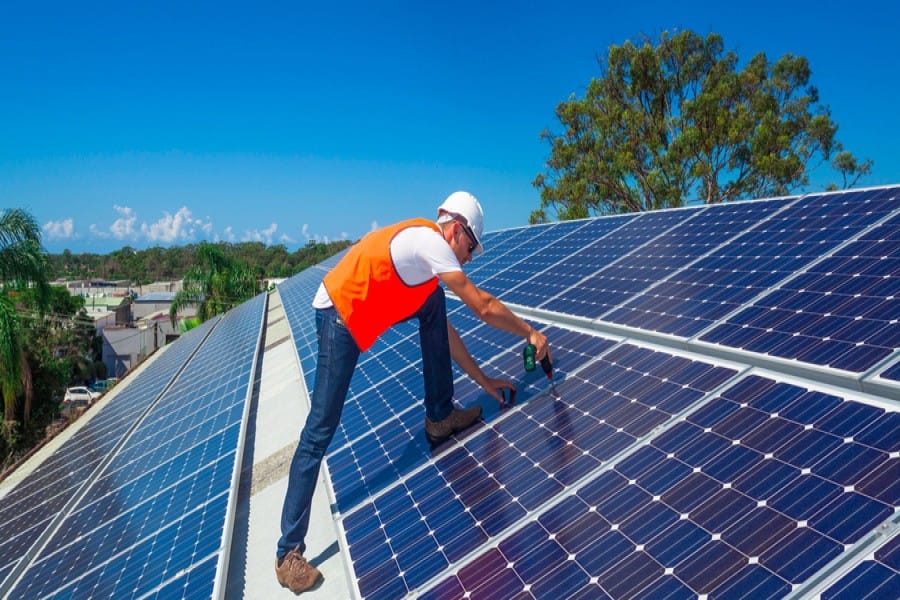Witnessing the harmful consequences of climate change, a strong opinion is growing in the country against using fossil fuels in power generation. If an opinion poll is taken, it is certain that all will vote for renewable energy especially solar, the most popular choice. Recently, quiet a number of energy experts in power sector including the members of civil society recommended withdrawal from coal and go for grid solar power. They call for revision of the ongoing energy policy.
When we look at the availability of renewable energy sources in our country, we find it minimal not like Norway, a country gifted with mountains and rivers, that has 100% renewable power from hydro resources. Renewable sources in the nature are hydro, wind, biomass, geothermal and solar. Our country is endowed only with solar and wind energy suitable for power generation. We have a lone hydro power plant of 230 MW at Kaptai and there is no room for another one. Grid-connected PV solar plants of 63 MW capacity are now operational in the country and another 57 MW is going to be connected soon. There are strips of wind corridors in coastal areas and a wind power plant of 200 MW is going to be built at Payra, and we hope the scope will be expanded further.
Solar PV grid power is all time favourite because it is a clean energy without any carbon foot print. A solar park gives a nice view and works silently. But the sector cannot develop fast due to shortage of land and problem of evacuation. PV solar is land-intensive and we cannot use arable land to destroy the food security. Solar power has a shortcoming as it cannot provide our prime need of base load support due to part time generation. Again solar is not much cost effective as it generates five times less power compared to a gas power plant of equal capacity and capital cost. If the cost of gas-based power is Tk 3.0 per unit, the cost of solar power will be Tk 15 by simple arithmetic. Notwithstanding, Bangladesh should try gradually to achieve 10% solar to share the intermediate load in day time as long as the sun shines in the sky. For example, in Germany solar power meets 7.7% of their yearly power production.
Wind is better than solar with respect to land usage. A 5 MW wind turbine can be installed on top of a pole occupying only a few squire meter whereas 5 MW PV solar needs 15 acres of land. Levelized cost of wind power on-shore is around Tk 8.0 and that of off-shore Tk 12. Germany extracts 21% of its yearly power production from wind power. Bangladesh also should try to harness the wind power as much as possible to enrich the renewable sector.
Still the fact remains that renewables are no match to the conventional fuels. Solar and air are thin sources whereas coal and gas are dense sources. Coal and gas only can provide a stable base load foundation of the power sector. For example, Germany has 44 GW of coal and 30 GW of gas power installed capacity which formed a stable base load structure for the last 20 years. Bangladesh needs 54 GW installed capacity from gas and coal gradually to be developed by 2041. Coal and gas, being cheaper fuels, can only provide the bulk power supply continuously throughout the year at affordable cost to ensure energy security of our country.
We cannot bypass the renewable energy which is a global need. We have a hope in near future. The power system master plan 2016 will lead the country to the level of developed country by the year 2041. Accordingly, say after 15 years, our country will be economically solvent to expand the renewable sector further. Germany started developing renewable energy from year 2002 and now meets 40% of yearly power demand from renewable sources. We wish we could perform like that.

